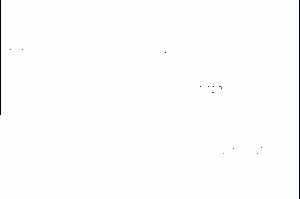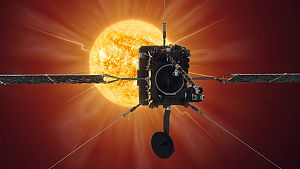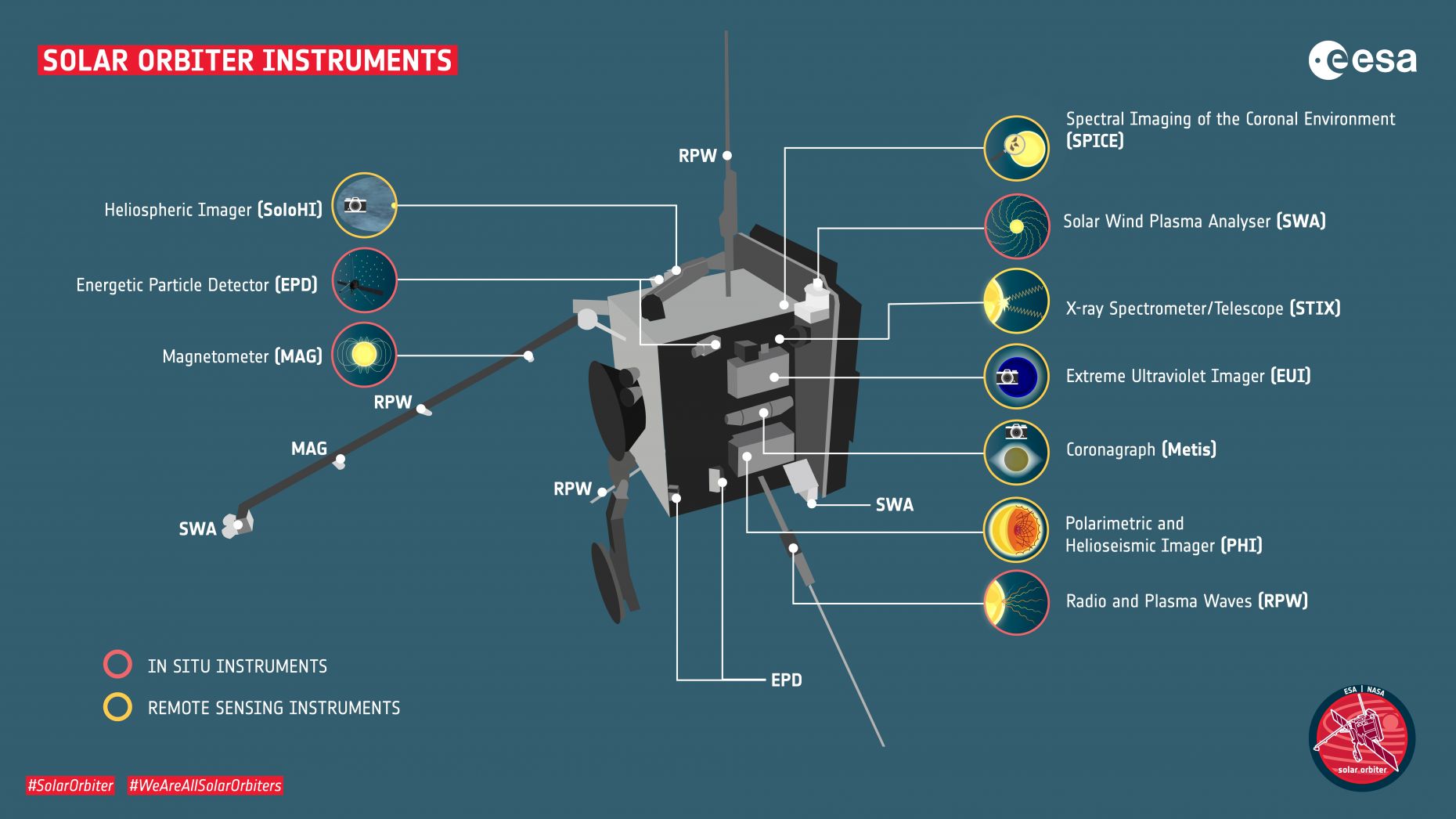Solar Orbiter flies past Earth
After its launch in February 2020 and two flybys of Venus in December 2020 and August 2021, Solar Orbiter will return to Earth on 27 November - at short notice. During its risky flyby, the space probe will have to cross the clouds of space debris that surround our planet. The Graz Institute for Space Research (IWF) of the Austrian Academy of Sciences is involved in two of the ten scientific instruments on board and will follow the delicate manoeuvre with excitement.
Solar Orbiter's journey to the sun
The video is provided via Youtube , a connection to the servers of Youtube is established (see privacy policy).

Complicated journey
On its three-and-a-half-year journey to the Sun, Solar Orbiter will fly past Earth once and Venus eight times, using so-called gravity-assist manoeuvres to reach its final orbit. The space probe has successfully completed the first two of eight Venus flybys. When it passes Earth on 27 November at 05:30 CET, the probe will come dangerously close to our mother planet - by astronomical standards. Solar Orbiter will fly at an altitude of only 460 kilometres over North Africa and the Canary Islands. That is almost as close as the orbit of the International Space Station.
Risky flyby
The manoeuvre is important to reduce the probe's energy and align it for its next close flyby of the Sun, but it also carries a risk. "Solar Orbiter has to cross different regions where space debris has accumulated," explains IMF researcher Michael Steindorfer, who works at the SLR station at the Lustbühel observatory. Especially in low Earth orbits between 400 and 800 kilometres altitude, there is a large number of objects. "The risk of a collision is low, but the situation is nevertheless monitored very closely so that the probe's trajectory can be changed in an emergency," says Steindorfer.

Opportunity to explore the Earth
"The Earth flyby provides a unique opportunity to study the Earth's magnetic field," enthuses IWF Group Leader Rumi Nakamura. "The magnetic field is the interface of our atmosphere with the solar wind. These charged particles that are constantly emitted from the Sun can not only enter the magnetic field and spark auroras in our skies, but atoms from our atmosphere can also escape into space."
The details of these interactions are being studied by three other missions in which the IMF is involved. ESA's Cluster satellites and NASA's MMS and THEMIS satellites will work with Solar Orbiter to collect even more data to reconstruct the state and behaviour of the Earth's magnetic field from different points in space during the flyby .
"VWA" for Solar Orbiter
Although the space probe is still in the "cruise phase", numerous scientific results have already been achieved, which will be published in the journal Astronomy & Astrophysics in December. The special issue can be considered the pre-scientific work of Solar Orbiter. Researchers from the Graz Space Institute contributed to twelve of the more than fifty articles.

Technical support and know-how from Austria
The satellite uses thermal insulation from RUAG Space Austria, Austria's largest space company. "The satellite will come very close to the sun. The requirements for heat protection are correspondingly high," explains Andreas Buhl, Managing Director of RUAG Space Austria. A special shield on the sunny side protects the satellite from most of this enormous heat load by shading it. Behind this shield, RUAG Space Austria's heat protection takes over the cooling of the spacecraft: "The entire satellite is wrapped in thermal insulation from Austria," says Buhl.
Solar Orbiter has ten scientific instruments on board that will carry out both in-situ measurements and remote sensing . "The main goal of the mission is to learn more about the heliosphere and to find out how our star creates and modulates this huge plasma bubble in which our solar system is embedded," explains plasma physicist Nakamura. The research focuses on the solar wind, the Sun's magnetic field and its energetic eruptions.
The IMF is involved in the radio wave instrument RPW and the magnetometer MAG. RPW will be on during the Earth flyby. "The upcoming manoeuvre offers a good opportunity to test the software updates of the last weeks," explains IWF group leader Manfred Steller, who is responsible for the RPW on-board computer. Because of its proximity to Earth, the data will also be available much more quickly.
The IWF's participation in Solar Orbiter was funded by the Federal Ministry for Climate Protection, Environment, Energy, Mobility, Innovation and Technology (BMK) through the Research Promotion Agency (FFG).
Final spurt before the rendezvous with the sun
Solar Orbiter will revolutionise knowledge about our mother star. When the spacecraft emerges from the Earth's shadow again, it will be on its way to its rendezvous with the Sun. The operational orbit will be an elliptical one, where Solar Orbiter will approach the Sun at regular intervals to within 42 million kilometres and then move away from it again to within 135 million kilometres. During the planned mission duration of seven years, Solar Orbiter will fly past Venus several times to change the angle of view. Raising the orbital inclination from 0° to 25° (or even 33° if the mission is extended) will allow a better view of the poles and the first close-up images of these never-before-seen regions of the Sun.
IWF Director Christiane Helling is convinced that her own field of research can also benefit from the results of Solar Orbiter. "The investigation of the heliosphere of our solar system also lays the foundations for our research on extrasolar planets," the Institute Director notes enthusiastically.
Contact IWF
Doz. Rumi Nakamura
T +43 316 4120-573
rumi.nakamura@oeaw.ac.at
Dr. Michael Steindorfer
T +43 316 873 4652
michael.steindorfer@oeaw.ac.at
Dr. Manfred Steller
T +43 316 4120-541
M +43 664 73445355
manfred.steller@oeaw.ac.at
Contact RUAG Space
RUAG Space Austria, Stachegasse 16, 1120 Wien
Christian Thalmayr
Tel.: +43 664 887 478 76
christian.thalmayr@ruag.com


